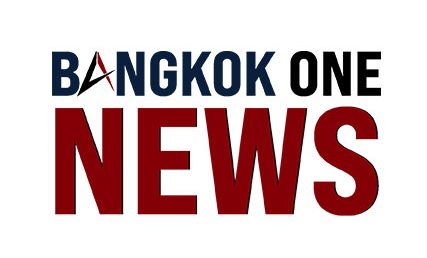The Tourism and Sports Ministry has directed the Tourism Authority of Thailand (TAT) to revamp the 2025 tourism marketing strategy, revising foreign revenue projections from 2.3 trillion baht to 2 trillion baht in response to a 17% decline in the Asian market during the first quarter.
According to TAT, Thailand welcomed 9.5 million international arrivals in the first quarter, reflecting a 2% year-on-year growth, and generated 471 billion baht in revenue, a 7% increase compared to the previous year.
However, major Asian markets—such as China, Hong Kong, Taiwan, South Korea, and Vietnam—saw an average decrease of 17% during this period, largely due to declining safety confidence in Thailand and a reduction in flight availability following the conclusion of the Songkran festival.
Natthriya Thaweevong, the permanent secretary of the ministry and the chairman of the TAT board, stated that the updated plan needs to be completed and presented for board approval by May so it can be implemented in the second half of the year.
“With various negative factors, including safety concerns and the economic repercussions of new U.S. tariffs affecting our tourism goals, we must adjust the plan to match the revenue levels we achieved in 2019, which amounted to 2 trillion baht,” she explained.
The revised marketing approach will shift focus from visitor numbers to spending per capita, emphasizing long-haul markets that typically yield higher income per traveler compared to Asian markets.
Despite the anticipated impact of new U.S. tariffs on the global economy, the ministry believes that European tourists may opt for Asian destinations over the U.S., presenting an opportunity for Thailand to draw more visitors from Europe.
Projections for second-quarter tourism receipts indicate that high-potential markets for Thailand include Sweden, with an average spend of 69,817 baht per visitor; Saudi Arabia, 68,354 baht; Austria, 66,729 baht; and the UK, 60,823 baht.
Ms. Natthriya noted that certain markets, particularly from Europe—including the UK, Germany, as well as Israel, Australia, and South Korea—have shown the ability to increase air ticket bookings by 10% in the second quarter.
“We have outlined a framework for TAT to expedite tourists’ decision-making by offering tailored tour packages that cater to high-spending segments. For example, medical tourists seeking long-term accommodations for themselves and their families should have easy access to suitable package options while in Thailand,” she said.
The key performance indicators for TAT will also be revised based on the nationality of arrivals, potentially excluding the Chinese market, which is anticipated to see a significant decline this year. For instance, a benchmark of 2.0 will be set for travelers from long-haul markets, while the benchmark for short-haul markets will be lower, ranging from 0.5 to 1.0, contingent on their average spending and length of stay.
